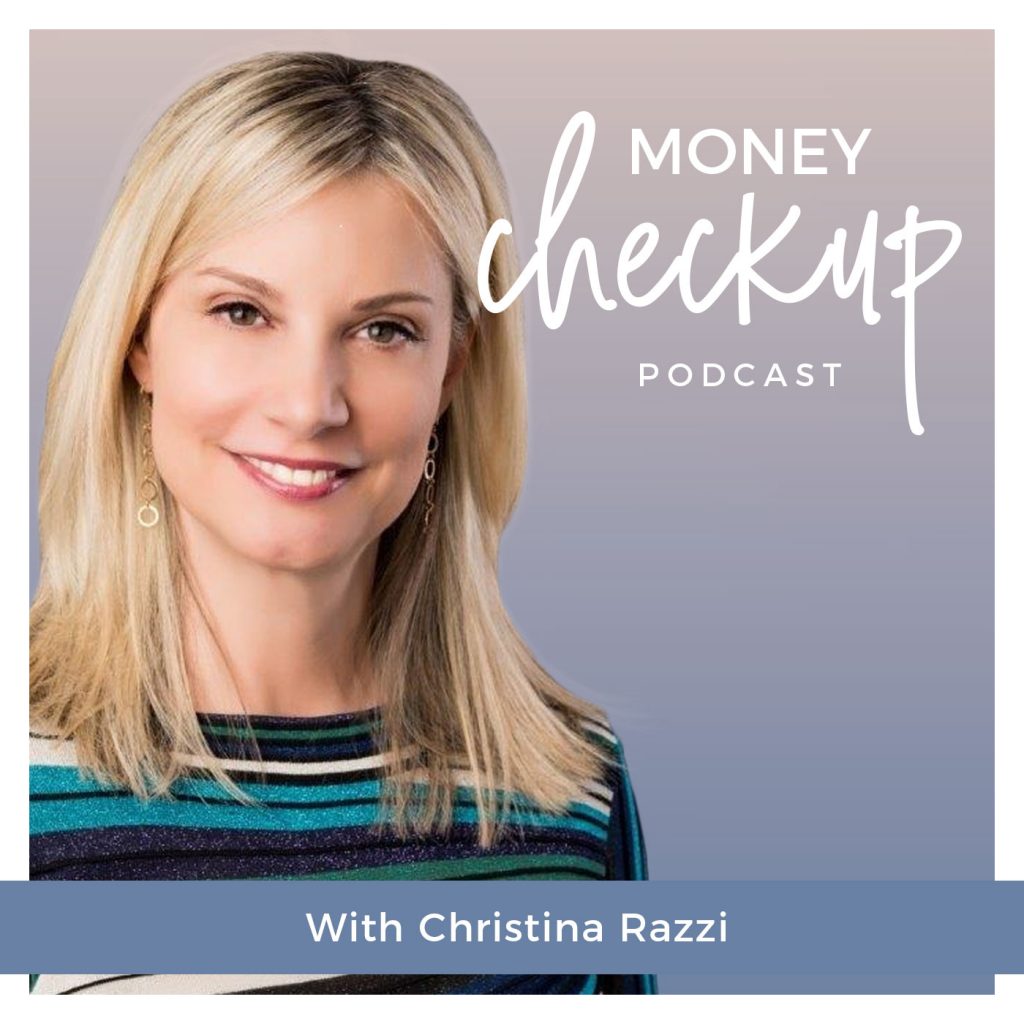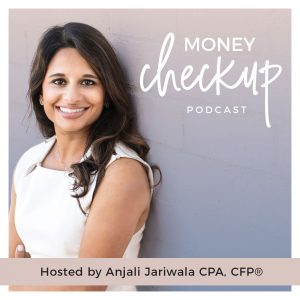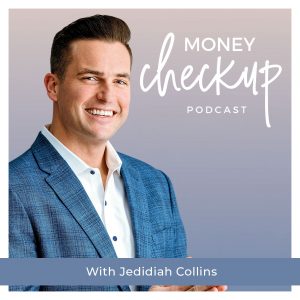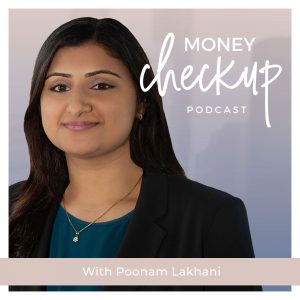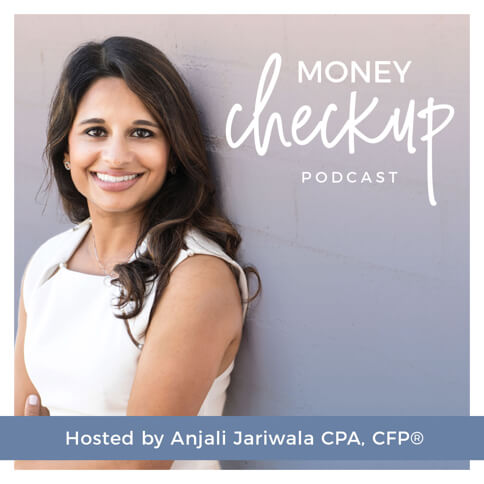In this episode, US Bank loan officer Christina Razzi (NMLS# 162739) walks us line by line through a loan estimate. She outlines what each number means, which ones vary from bank to bank or from state to state, and which are estimates that will change as you get closer to closing.
To follow along, use this sample loan estimate from the Consumer Financial Protection Bureau or follow along in my companion blog post.
ABOUT THE GUEST:
Christina is the #1 US Bank loan officer in her region with more than 20 years of experience. She helps clients across the U.S. obtain mortgages for their first home, second home, investment property and more. She is focused on customer service and works with her clients to help them decide which option is the best for their situation.
Social media, website, book link:
- Christina’s US Bank website
- Email Christina: christina.razzi@usbank.com
EPISODE HIGHLIGHTS:
- “Loan term” refers to the number of years the mortgage will last. 30 years and 15 years are most common.
- “Product” refers to the type of loan you are receiving. “30-year fixed” is a 30-year loan with a fixed interest rate that will not change. A “10/1 ARM” means that your rate will be fixed for 10 years, then become adjustable in year 11. An ARM is an adjustable-rate mortgage. The first number is the number of years the rate is fixed; the second number is how frequently the rate will be adjusted in the future. A 10/1 ARM would be adjustable every year beginning in the eleventh year of the loan.
- “Loan amount” is the amount of money you are borrowing, after your down payment and closing costs.
- On fixed-rate mortgages, “projected payments” are the same as “monthly principal and interest.” On an ARM, you will see a range of projected payments, from the smallest your payment could be to the largest it could be.
- “Estimated cash to close” is a very important number to note. This number will include both “loan costs” and “other costs,” as well as any lender credits. Loan costs are fees you pay to the lender and title company. Other costs include escrow fees, interest due at closing, and some other charges. A lender credit will offset your closing costs. This number will change throughout your loan application process as more details of the purchase are finalized. In general, banks overestimate these costs.
- After this, you’ll see a breakdown of those closing costs in Section A. Most banks charge a loan origination fee, which can range from around $875 to $1,500. (Credits sometimes offset these fees.)
- Some banks will reduce your interest rate if you pay more up front. These payments are known as “points” or “discount points.” Most U.S. buyers don’t buy points because they don’t make that large a difference in rates, but occasionally they can be helpful. Christina says it typically takes 5 to 7 years to recoup the cost of points.
- Section B on our sample loan are services you cannot shop for: The appraisal fee, credit report fee, and more.
- The sum of sections A and B are your bank fees, and that’s what you can compare to other lenders.
- You have to purchase a year’s worth of homeowners insurance when you buy your home. Your lender will include an estimate of that rate on your loan estimate, but you can choose your insurance provider.
- “Prepaid interest” is based on the day that you close. If you close on April 15, you will not make a May 1 mortgage payment; your first payment will be June 1. On June 1, you pay the mortgage for the second half of April and all of May — but you have to pay the April interest up front.
- If you owe HOA fees, those most likely will not appear on the loan estimate, but they should show up on your closing disclosure.
- “Owner’s Title Policy” is state-specific. This is an extra type of insurance on your title that protects you in case of certain losses. Christina has only seen this used once — a buyer purchased a home that had a $50,000 home equity line of credit on it, but the title company didn’t catch it, so the lender asked the homebuyer to pay it. The title policy protected that buyer and covered the cost. In Illinois, the owner pays for this; in California, it’s optional.
- APR is very important. The APR will appear higher on an ARM than a fixed-rate mortgage. In Christina’s opinion, the APR is “a little antiquated,” because it considers fees that banks don’t have control over.
- To get a loan estimate, you actually have to apply for a loan. While shopping for a loan, ask to see Sections A and B of a lender’s loan estimate and details of any credits they offer. That should give you enough information to compare lenders.
STAY IN THE LOOP WITH US:
Do you receive our weekly email? If not, sign up on our homepage!
If you enjoyed this episode, I’d appreciate it if you could rate and review the show on Apple Podcasts!
If you liked this episode, here’s another I think you’ll enjoy: Episode 8: Buying A Home with Christina Razzi
